Cross-country skiing is one of the most widespread and relaxing winter sports, due to the environs where it can be performed: clearings and trails in the forests, surrounded by silence.
The origins of this sport are very old. Nowadays, every ski area features cross-country trails or centers allowing you to do this sport.
There are two main techniques: skate skiing and classic style.
Cross-country skis are narrow and normally smooth. The binding only holds the toe of the boot, so that the heel can move freely.
This is a complete sport, which strengthens the whole body.
Cross-country skiing comes from Sweden and Norway, where it was used to move from place to place in snow and to hunt without sinking into the deep snow. It became widespread as the Vikings used it in the battles.
In the 19th century, the Norwegian and Swedish immigrants introduced it in North America, and in the same years it arrived to Italy as well.
The original techniques were different from modern ones. The movements of cross-country skiing was similar to that of kick-scootering or walking.
Classic style was developed at the end of 19th century, with the introduction of poles. This technique consists in moving legs and arms alternatively like in walking (for this reason the style is also called alternate technique). Skis are parallel.
At the end of the 70s another technique was introduced, called skate skiing or free technique. The movements performed by skate-skiers are similar to those of ice-skaters, since skis are moved sideways and skiers propel themselves using ski poles.
Cross-country skiing is suitable for everyone. Furthermore, it is a complete sport, even muscles are used differently in the two techniques: skating reinforces mainly the lower limbs, while classical technique strengthens the upper limbs. Cross-country skiing reinforces the circulatory system as well.

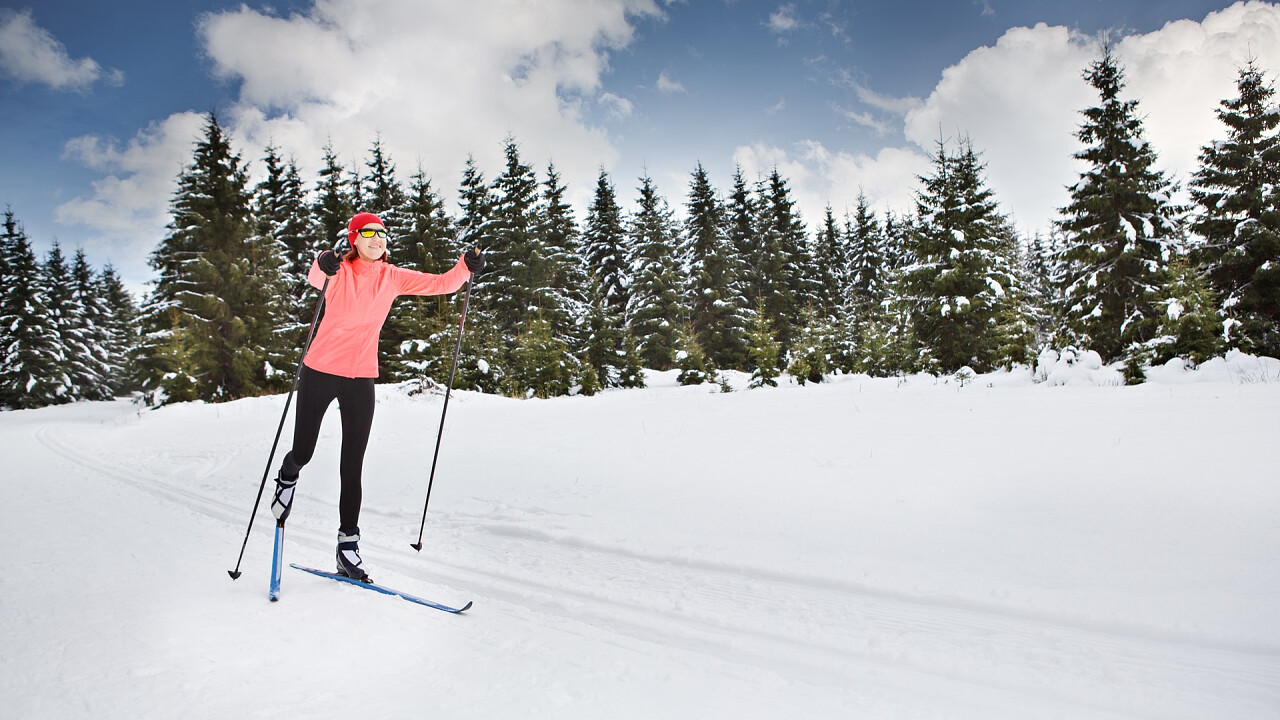
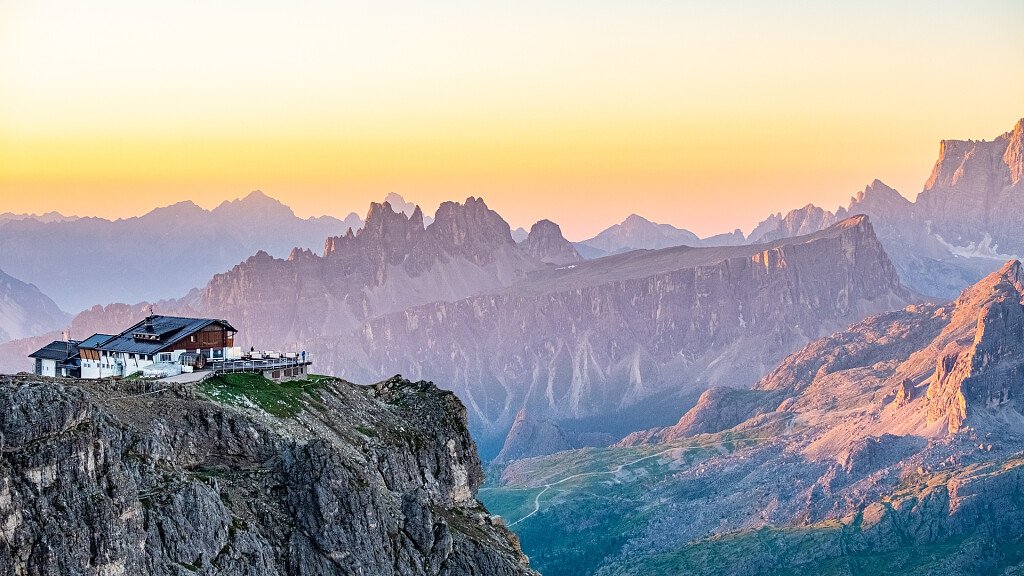


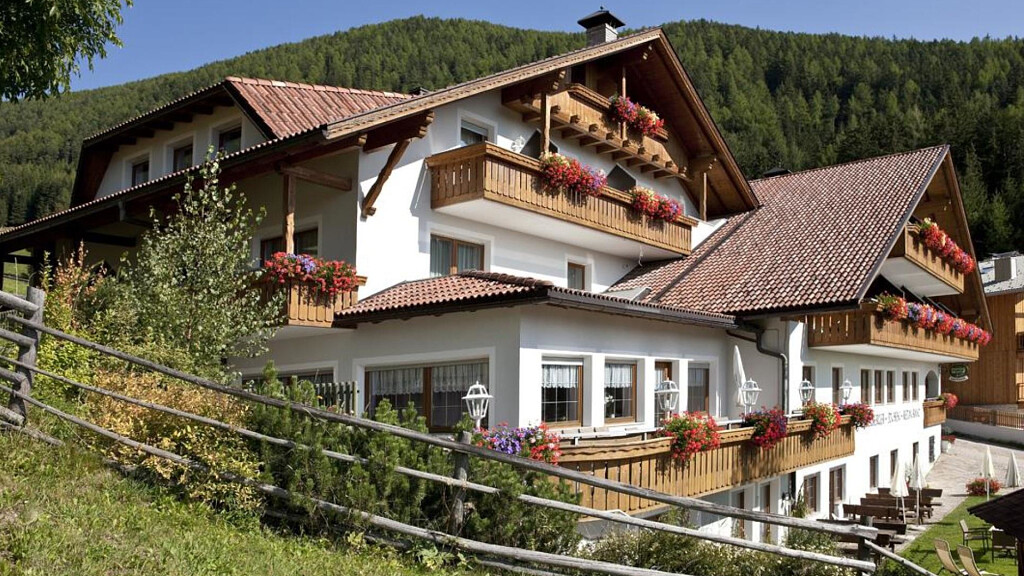
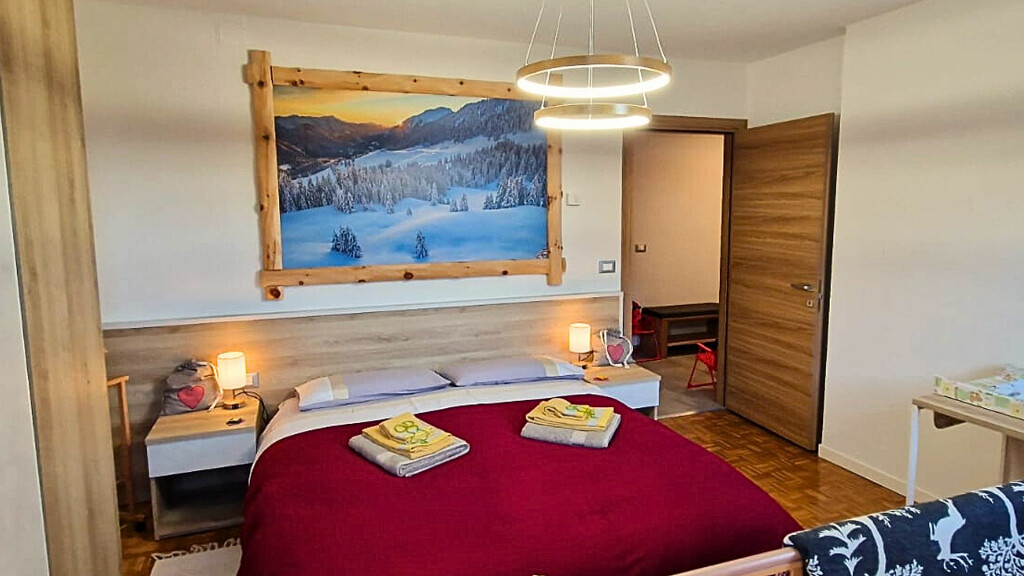


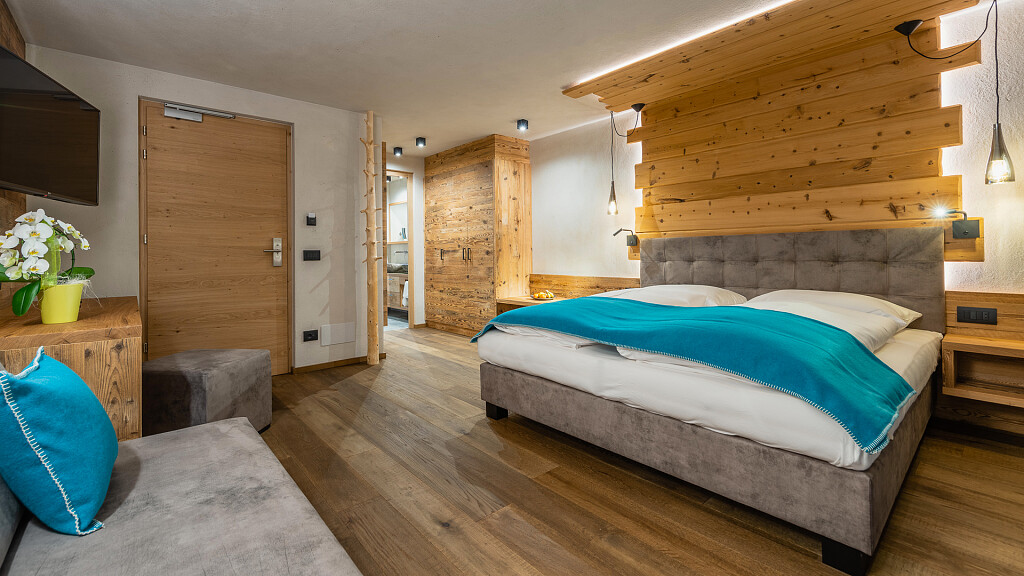
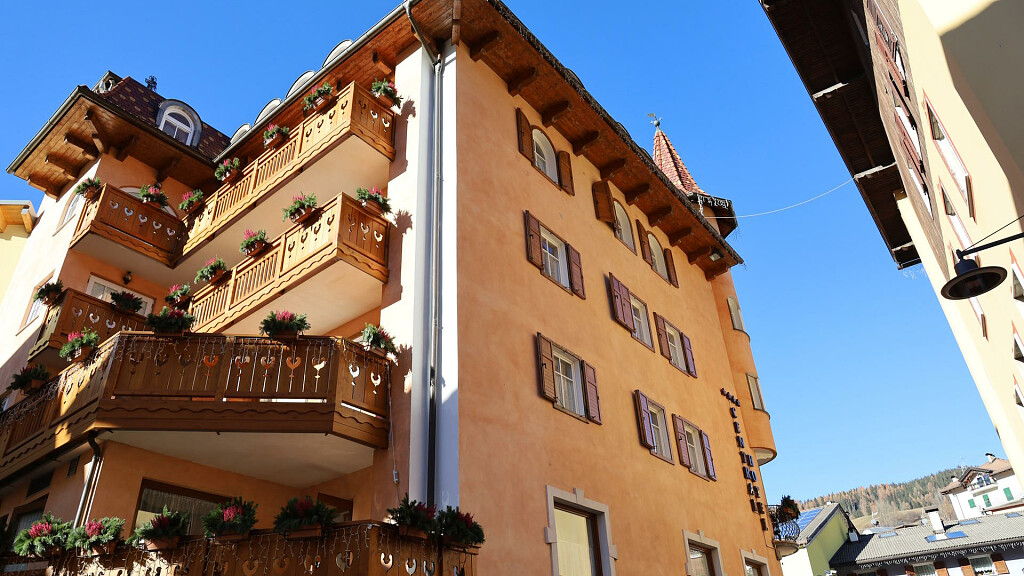

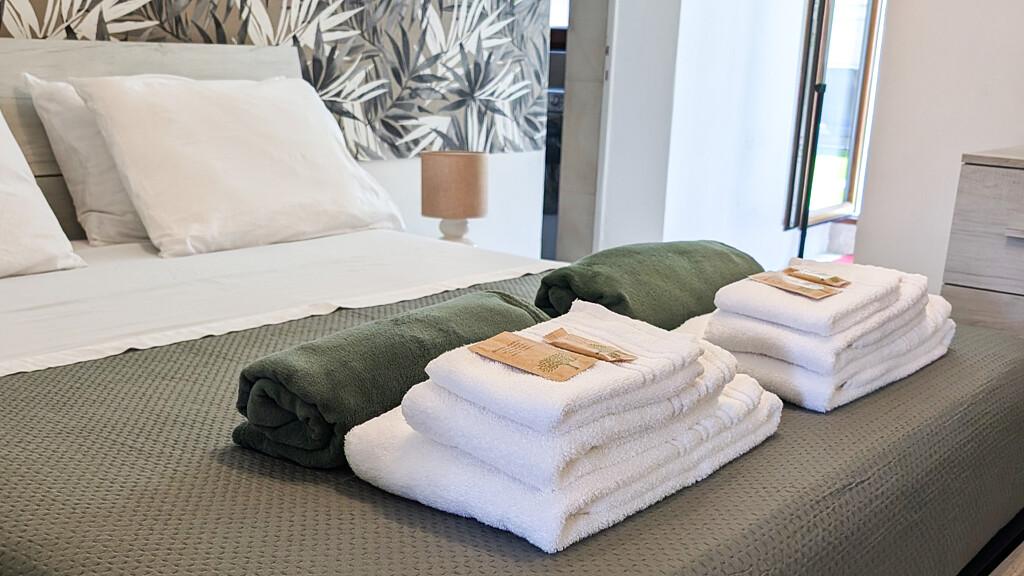






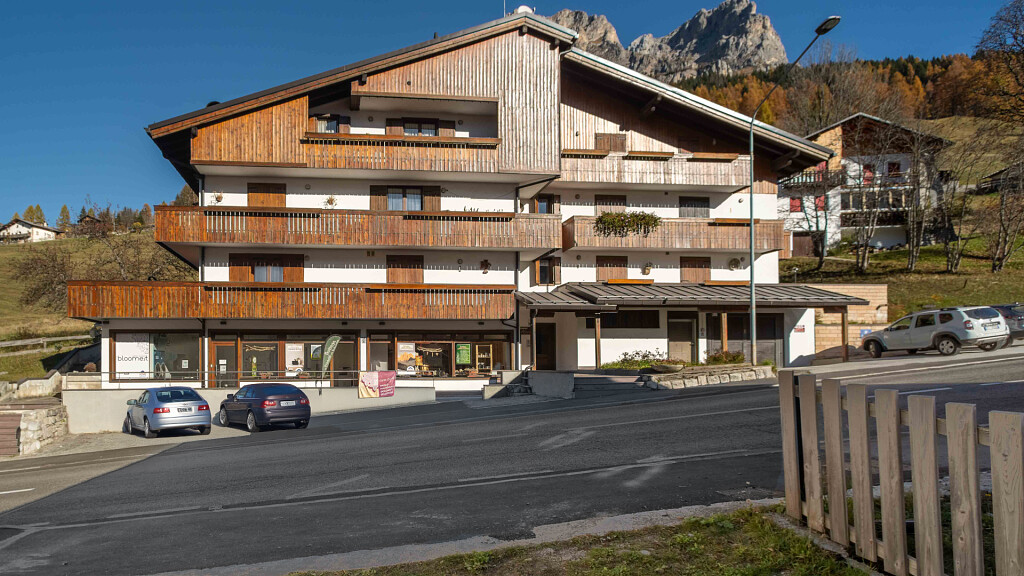
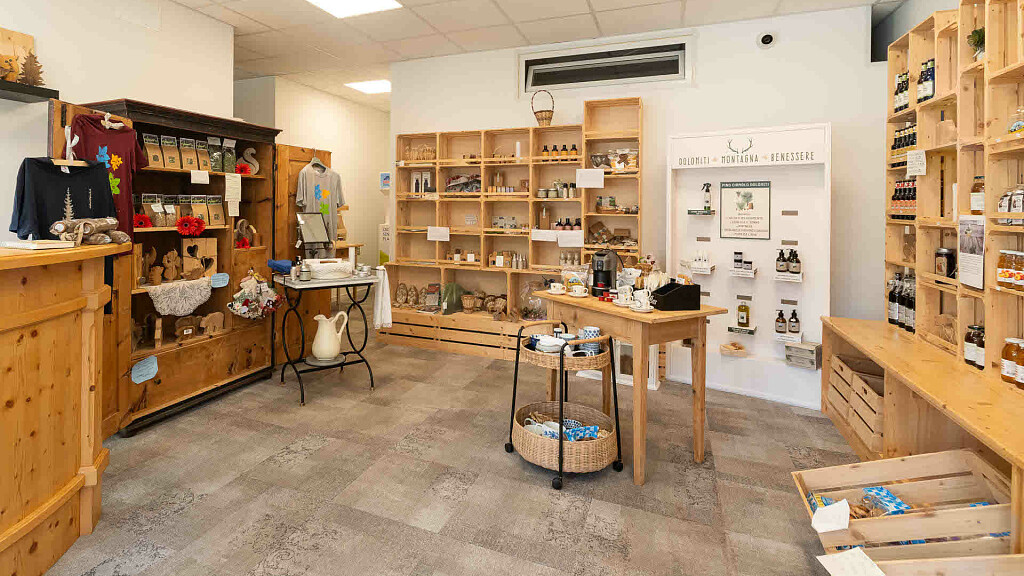
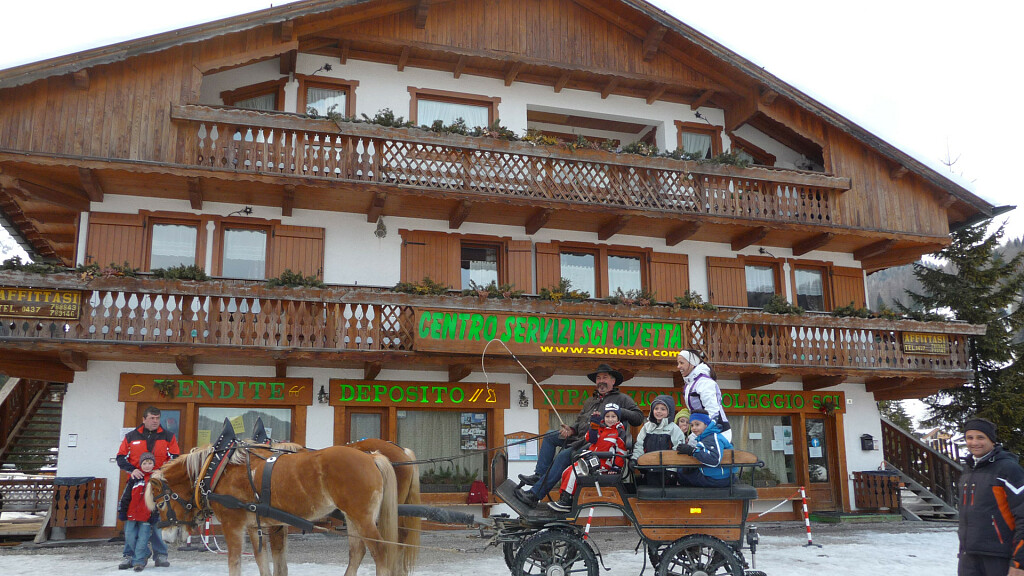
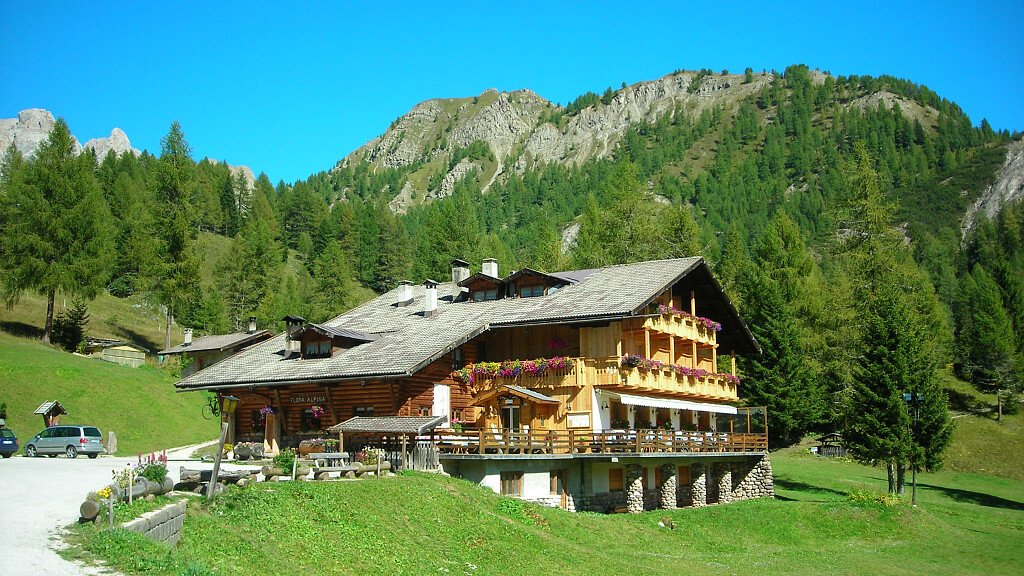


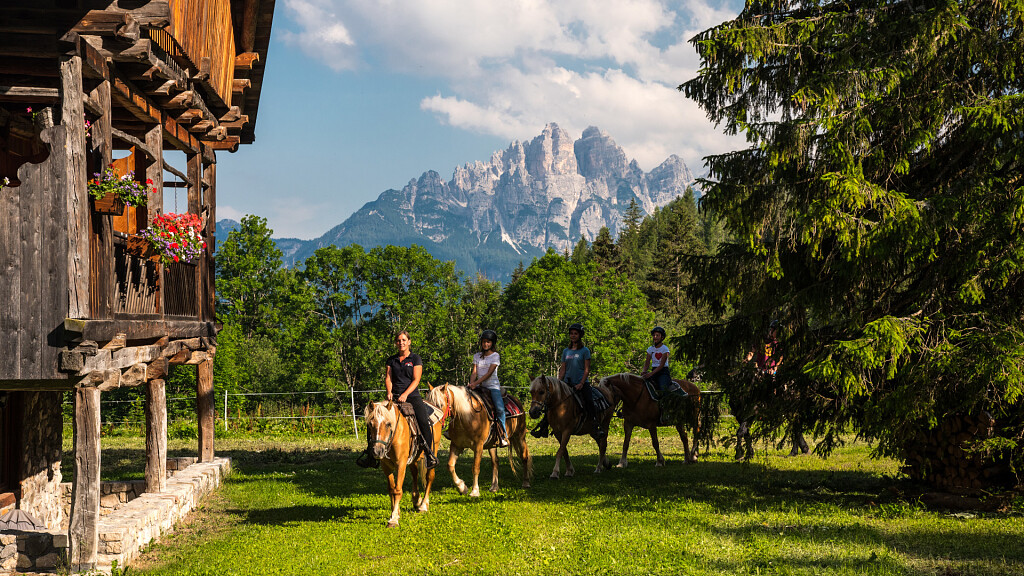
-tablet.jpg)